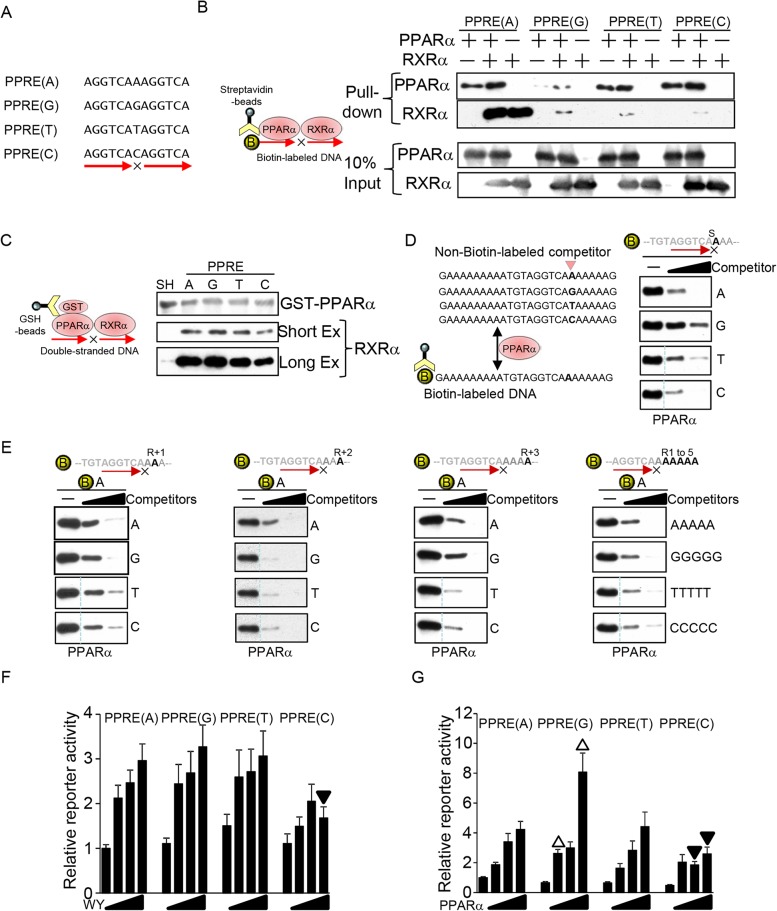Fig 3. The effect of the spacer nucleotide in the PPRE.
(A) Schematic representation of the double-stranded DNA used for in vitro binding and reporter gene assays. (B) The effect of spacer nucleotides in PPARα and RXRα binding to PPRE DNA. Biotin-labeled PPRE was incubated with recombinant PPARα and RXRα. (C) The effect of the spacer nucleotide within the PPRE on PPARα/RXRα heterodimer formation. GST-fused PPARα was incubated with RXRα and double-stranded DNA comprising PPREs possessing different spacer nucleotides. DNA comprising a single hexad element (AGGTCA-A-AAATCA) was used as a control (SH). Pull-down assays were performed with GSH beads. The Western blot analyses results with short- and long-time exposure are presented to show the reduced PPARα/RXRα heterodimerization in C spacer (Short Ex) and to show PPRE oligonucleotide-independent PPARα/RXRα heterodimerization (Long Ex), respectively. (D) The effect of spacer nucleotides on PPARα binding. The indicated biotin-labeled double-stranded DNA with A as a spacer was incubated with recombinant PPARα and unlabeled competitors. (E) The effect of the 3’ extended region of the PPARα binding hexad element in PPARα DNA binding. The indicated biotin-labeled double-stranded DNA was incubated with recombinant PPARα and unlabeled competitors (10- and 30-fold excess of biotin-labeled DNA). (D-E) All signals without competitors are identical among the 4 panels at each position. A dotted line indicates a discontinued signal but they are derived from identical blot/membrane. (F-G) The effect of a spacer nucleotide in PPARα ligand- (F) and PPARα-overexpression- (G) induced transcriptional activation. Minimal promoters with PPRE harboring different spacers were stimulated by the ligand and PPARα (n = 10–12). The triangle indicates statistical significance compared to PPRE(A) stimulated with the same dosage of WY14643 or transfected with the same amount of PPARα expression vector. Solid triangle: significantly reduced; open triangle: significantly enhanced. PPRE(A) is identical to PPRE(←) in Fig 2.

